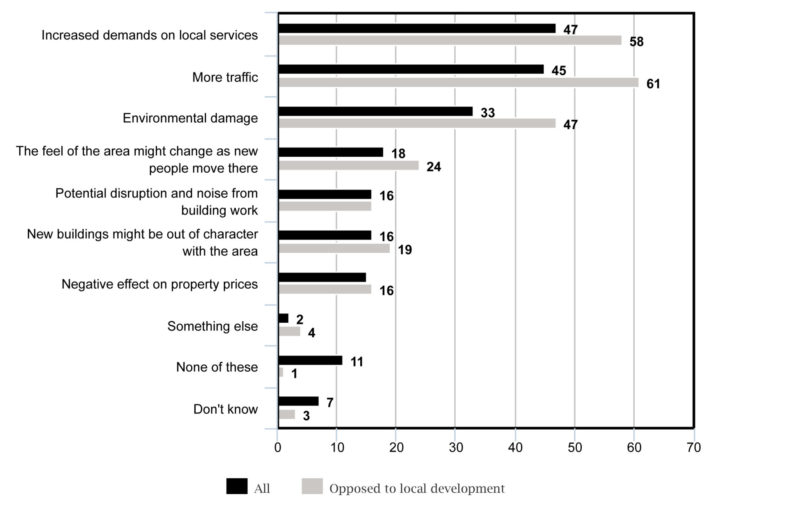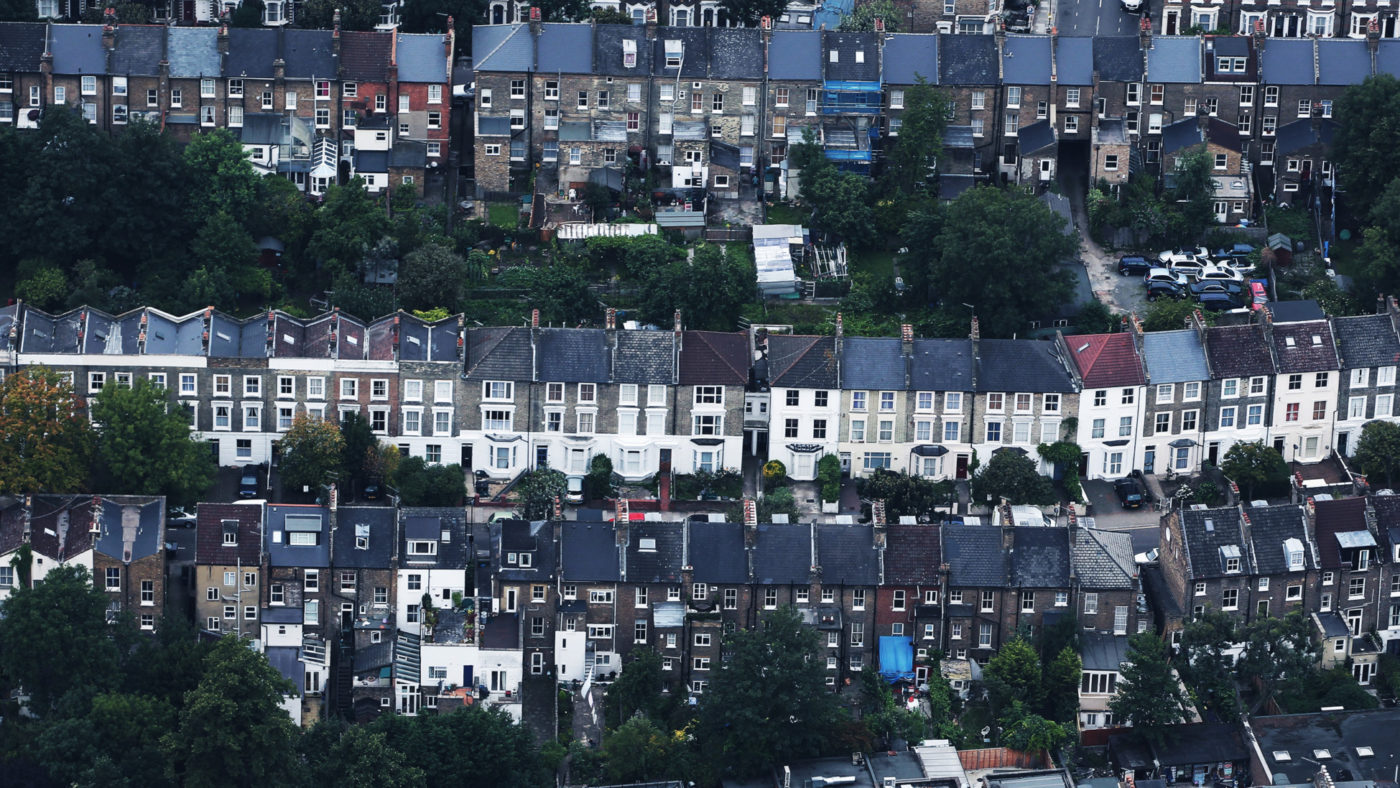Last week, polling for CapX found broad agreement that there is a housing crisis in Britain, though people in all regions thought it was less bad in their local area, with politicians the most likely culprits in the eyes of voters.
This week we turn to opponents of development – habitually feared by governments – the NIMBYs, together with those who support it.
Like many things, the concept has existed far longer than the term. The first documented use of the latter is in 1980, but opposition to local development has been around far longer, and reference can even be found in the Old Testament. But who are these NIMBYs, and what motivates them?
The latest Number Cruncher polling for CapX asked respondents how they felt about building more housing, firstly without qualification, and then specifically in their local area.
Given the acceptance of a housing crisis by about three-quarters of Brits reported previously, it’s perhaps not surprising that a similar proportion (76 per cent) support building more houses, with 19 per cent opposed. And again, the pattern of variation between groups – or rather the general lack thereof – was apparent.

Labour voters were less likely than Tories to oppose building, as were Remainers, Londoners and renters, although the subsample sizes here aren’t quite big enough to rule out statistical noise.
One unexpected thing we found was a six-point gender gap, with 22 per cent of women opposing building more houses, compared with only 16 per cent of men. This isn’t explained by a gender difference in don’t knows as we often find in polls, so this is something of a puzzle.
What about locally? Well, opposition is much higher, as you’d expect. But we are not a nation of NIMBYs. Sixty-two per cent support building more housing in their local area, double the proportion (30 per cent) who oppose it.
In terms of who stands where, 2017 Conservative (37 per cent) and Lib Dem (39 per cent) voters are the likeliest to be NIMBYs, while Labour (23 per cent) and non-voters (22 per cent) are least likely. Ethnic minorities (20 per cent) were less likely than white respondents (31 per cent) to oppose local development, and renters were less likely than homeowners.
The local versus national difference in support for building homes mirrors the pattern on the housing crisis question. This could be a case of people unconsciously aligning views on the problem and its solution, as people sometimes do. But as Ben Page has pointed out, the same occurs with immigration and the NHS, so the divergence could be a result of a genuine difference in how people see their own area vis-a-vis the country as a whole.
It will be welcome news to anyone supporting house-building that there are twice as many YIMBYs as NIMBYs. But NIMBYs do still exist, and in sufficient numbers to matter electorally, particularly if the perceived downsides of development outweigh (or arrive sooner than) the benefits.
So we then asked which of a list of arguments against building more local housing people found most persuasive, from which they could chose up to three. This was asked to everyone, but the same arguments seemed to resonate with NIMBYs as with the electorate as a whole, the only real difference being that the latter were much likely to use all three of their options, as you’d expect.

The two biggest concerns, by some way, were increased demands on local services (47 per cent) and increased traffic (45 per cent). These were at or near the top of the list pretty much across the board, although by varying margins, with older respondents much more persuaded by them.
Next came environmental damage on 33 per cent. This was a bigger objection among graduates and Remainers than non-graduates and Leavers, but only fractionally.
The other four options were all closely bunched. “The feel of the area might change as new people move there” was the fourth most persuasive argument, chosen by 18 per cent. Younger people – who tend to move more – were interestingly also the likeliest to select this option, with nearly a quarter of under-35s choosing it.
“Potential noise and disruption from building work” was chosen by 16 per cent, as was “new buildings being out of character with the area”, and the effect on property prices came last, selected by 15 per cent.
The conclusion, then, is that building more houses is very popular, even when people are specifically prompted to think about their local area. The main objections (the impacts on services, traffic and the environment) are all eminently fixable with the right policies.
It could be that NIMBYs have always been a vocal minority, whose views got more airtime than the silent pro-housing majority. But it could also be that widespread concern about housing is pushing people to say “Yes” to more construction, even if it is “In My Back Yard”.
CapX depends on the generosity of its readers. If you value what we do, please consider making a donation.


